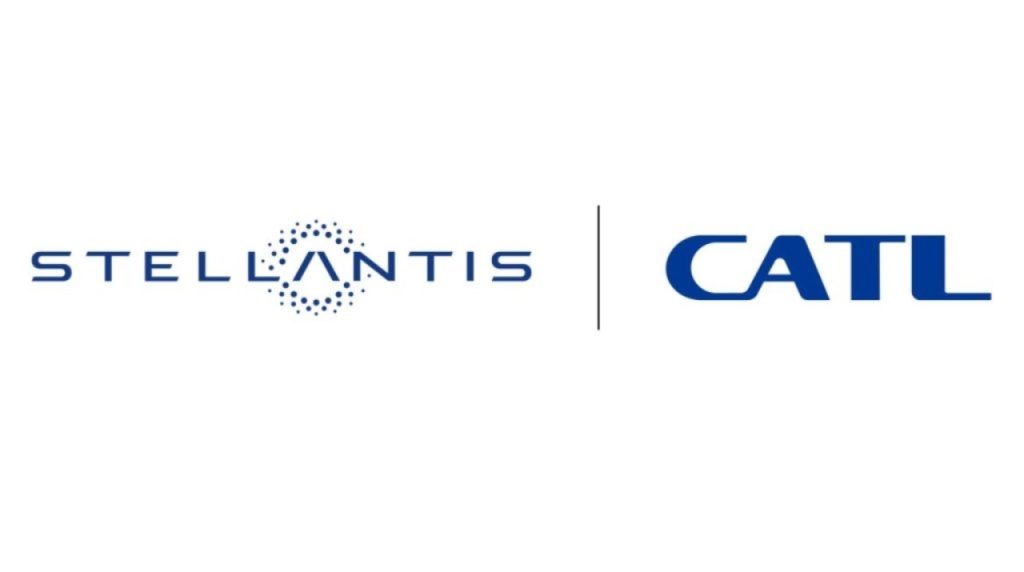Batteries are of utmost importance for the advancement of sustainable electric mobility worldwide, where major manufacturers play a vital role in the process, such as the Stellantis Group.
In this regard, the company has agreed for months on a non-binding Memorandum of Understanding (MoU) with CATL, focusing on the local supply of LFP battery cells and modules intended for the manufacturing of the brand’s electric vehicles in Europe.
Thus, this agreement lays the foundation for long-term collaboration, focusing on two key strategic areas: Formulating a technology roadmap to support Stellantis’s advanced battery electric vehicles and identifying opportunities to continuously strengthen the battery value chain.
Related content: Stellantis will Invest Nearly $600 Million in Brazil
Strategic Partnership
Thanks to its long life span and excellent thermal stability, LFP technology enables Stellantis to offer high-quality, durable, and affordable electric vehicles in the B and C segments, including passenger cars, crossovers, and SUVs.
“This memorandum with CATL on LFP battery chemistry is another ingredient in our long-term strategy to protect the freedom of mobility of the European middle class,” says Carlos Tavares, CEO of Stellantis.
“CATL is the leader in this sector and, together with our iconic vehicle brands, we will bring our customers innovative and accessible battery technology, helping us achieve our ambition of net-zero carbon emissions by 2038,” he continued.
Thus, as part of the Dare Forward 2030 plan, Stellantis has revealed its commitment to achieving 100% of its battery electric vehicle sales in Europe, and 50% of its passenger car and light-duty truck BEV sales in the United States by 2030.
Finally, with the aim of transforming into a net-zero carbon emissions corporation by 2038, Stellantis is forging various partnerships to ensure a steady and low-carbon footprint supply of essential materials for its electrified future vision.







